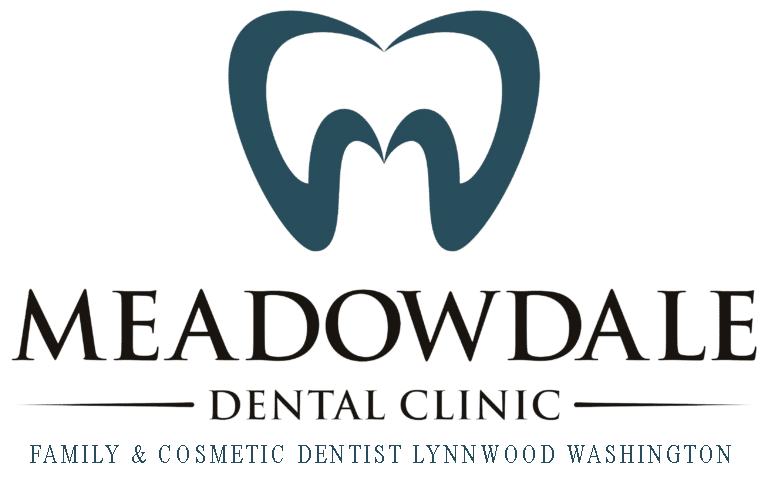Zirconia vs Porcelain Crowns
A dental crown is a restorative cap to cover a damaged tooth. It helps restore the normal size, shape, and function of the tooth. According to the American Dental Association (ADA), if you have received a large filling and there is not enough tooth to support it, a dental crown will help strengthen the tooth.
Your dentist might also use a crown to:
- Protect a weak tooth from breaking.
- Restore a cracked, chipped, or broken tooth.
- Support a dental bridge or complete a dental implant.
- Protect a fragile tooth after a root canal.
Dental crowns can be made from a variety of materials, all of which have different attributes.
The Different Materials Used for Dental Crowns
When selecting the best material for your crown, your dentist will consider factors such as:
- The location of your tooth.
- The function of the tooth and biting and chewing pressures.
- How much of the tooth will be visible when you smile.
- The position of your gum tissue.
- How much of the natural tooth is remaining.
- The color and shade of the surrounding teeth.
The various kinds of materials available for crowns include:
- porcelain
- ceramic
- zirconia
- metal
- composite resin
- a combination of materials
The Difference Between Zirconia and Porcelain Crowns
Zirconia is a metal oxide derived from zirconium, a crystalized mineral in the titanium family. Common household items such as pipes, dinnerware, and electrical fixtures can be made from zirconia. Because of its natural durability and strength, zirconia is ideal for dental crowns. Porcelain is usually fused to metal crowns, giving you a combination of porcelain and metal. The porcelain overlay is matched to the color of your natural teeth, but the darker metal color can show at the gum line, especially when your gums recede.
The Benefits of Zirconia versus Porcelain
Zirconia restorations have been used successfully for years and will provide you with excellent strength, durability, and a natural look. The demand for zirconia now exceeds the demand for porcelain.
- Exceptional Strength- Zirconia offers superior strength for dental crowns. It is five times stronger than porcelain. Unlike porcelain, zirconia will withstand wear and tear without chipping, which is why zirconia restorations can tolerate extreme chewing. By milling the crown from a single solid block of zirconia, this type of crown is nearly unbreakable and built to tolerate the biting and chewing pressures in the back of the mouth.
- Natural Looking Smile- A zirconia crown contains no metal lining at the gumline. Porcelain fused to metal crowns contain a metal layer underneath the porcelain layer. This metal lining is often visible at the gum line and can be seen when you smile. Zirconia crowns can also be created to fit any size or shape to match your natural teeth.
- Reliability and Durability- Zirconia is more durable than the conventionally used ceramics. Solid zirconia contains more stabilizers than porcelain ceramics, resulting in more durability to tolerate forceful chewing and grinding. With proper hygiene, zirconia restorations can last your lifetime.
- Customization- Due to a variety of factors, which include chemical composition and processing requirements, there are diverse ways zirconia can be fabricated to suit your needs. This customization minimizes any margin of error and ensures an excellent fit.
- Safer for Patients- The high biocompatibility of zirconia will not cause any allergic reactions to your restoration. Zirconia possesses excellent biocompatibility, making the crowns and bridges prepared from zirconia extremely safe for all clinical use.
